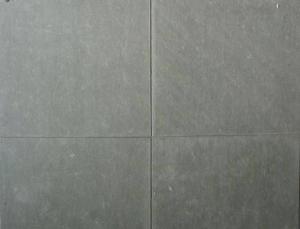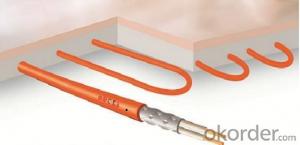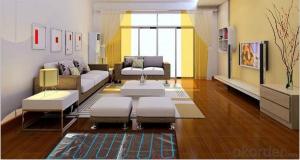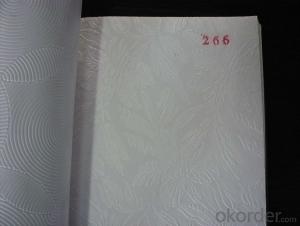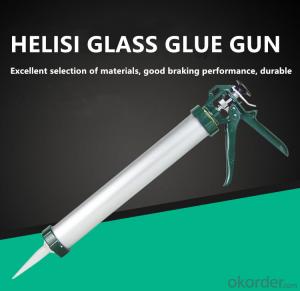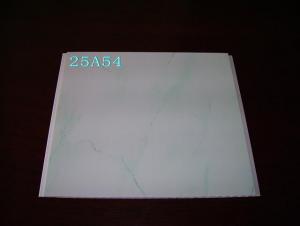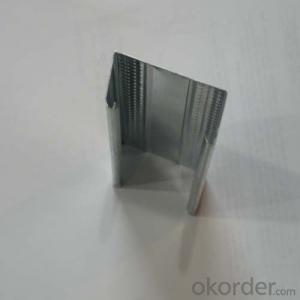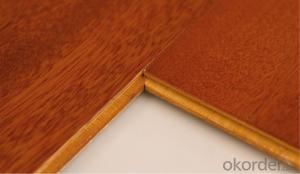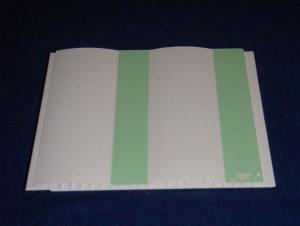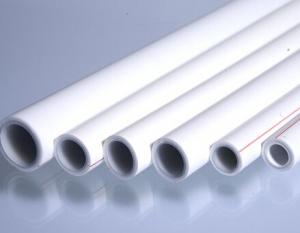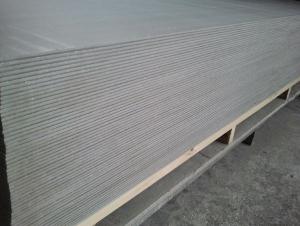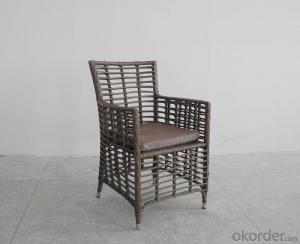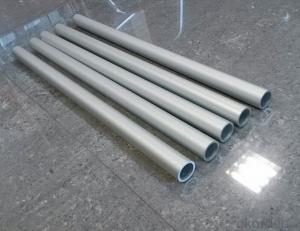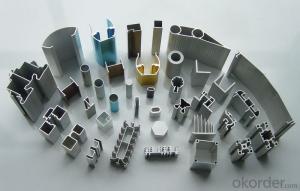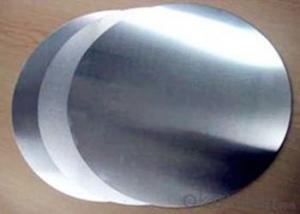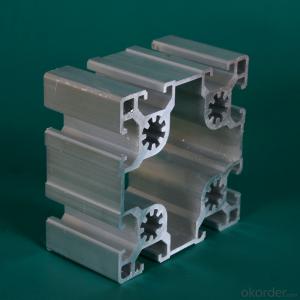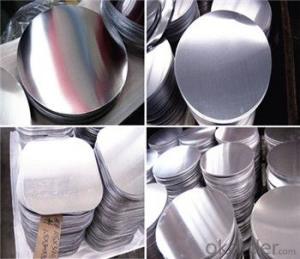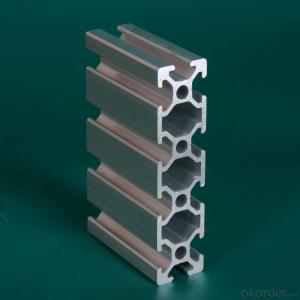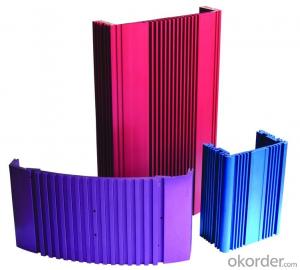Eyeglasses Frames For Men
Eyeglasses Frames For Men Related Searches
Best Paint For Stainless Steel Blanket Insulation For Steel Buildings Primer For Galvanized Steel Foam Filter For Stainless Steel H S Code For Stainless Steel Surface Grinding Wheels For Stainless Steel Surface Grinding Wheels For Hardened Steel Hole Saw For Stainless Steel Paint For Stainless Steel Stainless Steel For BbqHot Searches
Steel Mesh Panels For Sale Price For Stainless Steel Scrap Scrap Price For Stainless Steel Price For Stainless Steel Stainless Steel Plate For Sale Stainless Steel Tank For Sale Stainless Steel Sheets For Sale Cheap High Tea Sets For Sale Stainless Steel Tanks For Sale Stainless Steel For Sale High Density Fiberboard For Sale Solar Hot Water Collectors For Sale Scaffolding For Sale In Uae Scaffolding For Sale In Ireland Scaffolding For Sale In Houston Type Of Inverter For Solar Price Of Shipping Containers For Sale Types Of Inverter For Solar Stock Price For Aluminum Steel Mesh Panels For SaleEyeglasses Frames For Men Supplier & Manufacturer from China
Okorder.com is a professional Eyeglasses Frames For Men supplier & manufacturer, offers integrated one-stop services including real-time quoting and online cargo tracking. We are funded by CNBM Group, a Fortune 500 enterprise and the largest Eyeglasses Frames For Men firm in China.Hot Products
FAQ
- Due to their environmental benefits, aluminum profiles play a crucial role in reducing carbon footprints. To begin with, aluminum is a highly recyclable material, with nearly 75% of all aluminum ever produced still in use today. This recyclability greatly diminishes the necessity for extracting and refining new aluminum, which is an energy-intensive process that contributes to carbon emissions. Furthermore, the lightweight characteristic of aluminum profiles offers numerous advantages in terms of transportation and energy consumption. In comparison to materials like steel, aluminum is significantly lighter, resulting in reduced fuel consumption during transportation. This not only decreases carbon emissions but also lowers the overall energy required for logistics. Moreover, aluminum profiles are widely utilized in the construction industry, where they make a significant contribution to the energy efficiency of buildings. Aluminum's exceptional thermal conductivity allows for the creation of highly efficient windows, doors, and facades, which prevent heat transfer and reduce the need for excessive heating or cooling. By enhancing the energy efficiency of buildings, aluminum profiles aid in minimizing energy consumption and subsequently decreasing carbon emissions. Additionally, aluminum profiles have a long lifespan and require minimal maintenance, reducing the need for frequent replacement. This durability helps conserve resources and lowers the carbon emissions associated with the production and disposal of alternative materials. All in all, the utilization of aluminum profiles in various industries significantly contributes to the reduction of carbon footprints. Its recyclability, lightweight nature, energy efficiency, and durability all make aluminum a sustainable choice with a positive impact on the environment.
- Aluminum profiles are known for their exceptional strength-to-weight ratio, making them quite strong despite their lightweight nature. They can withstand various loads and stresses, making them suitable for a wide range of applications, including construction, aerospace, automotive, and industrial sectors. Additionally, aluminum profiles can be reinforced or combined with other materials to further enhance their strength and durability.
- What is the difference between the two, or how to distinguish it from the outdoor curtain wall?
- Aluminum material refers to the blank material, which is used directly without artificial aging
- Aluminum profiles 1, 2, 3, 4, 5, 7, 6, 8 line characteristics, what is the difference, please master more advice
- The alloy of 7 strength, welded structural alloy, solid profile alloy seems to be a shell case. Military companies have had this order beforeIt's too general. There are many alloys in each department
- What type of aluminum alloy profile is used for high-rise balcony?
- High level words, with thick manganese magnesium aluminum alloy profiles, the main beam thickness of 3.3mm, is 110*65Secondary beam thickness in 3mm, 80*65Quite strong, and do not rust, the actual use of a long time, if necessary, can be Meikailong five floor of the East Hall GOTTIN see, professional production of sun room.
- Yes, aluminum profiles are generally resistant to pests or insects. Due to their non-porous and smooth surface, pests and insects find it difficult to penetrate or damage aluminum profiles.
- Surface treatment method of aluminium profile
- A white spot may be corrosive,It doesn't work.
- What are the features of the poor aluminum profiles?
- Low precision, bad feel, and so on, some inferior shape.You'd better go to the manufacturer you trust.















